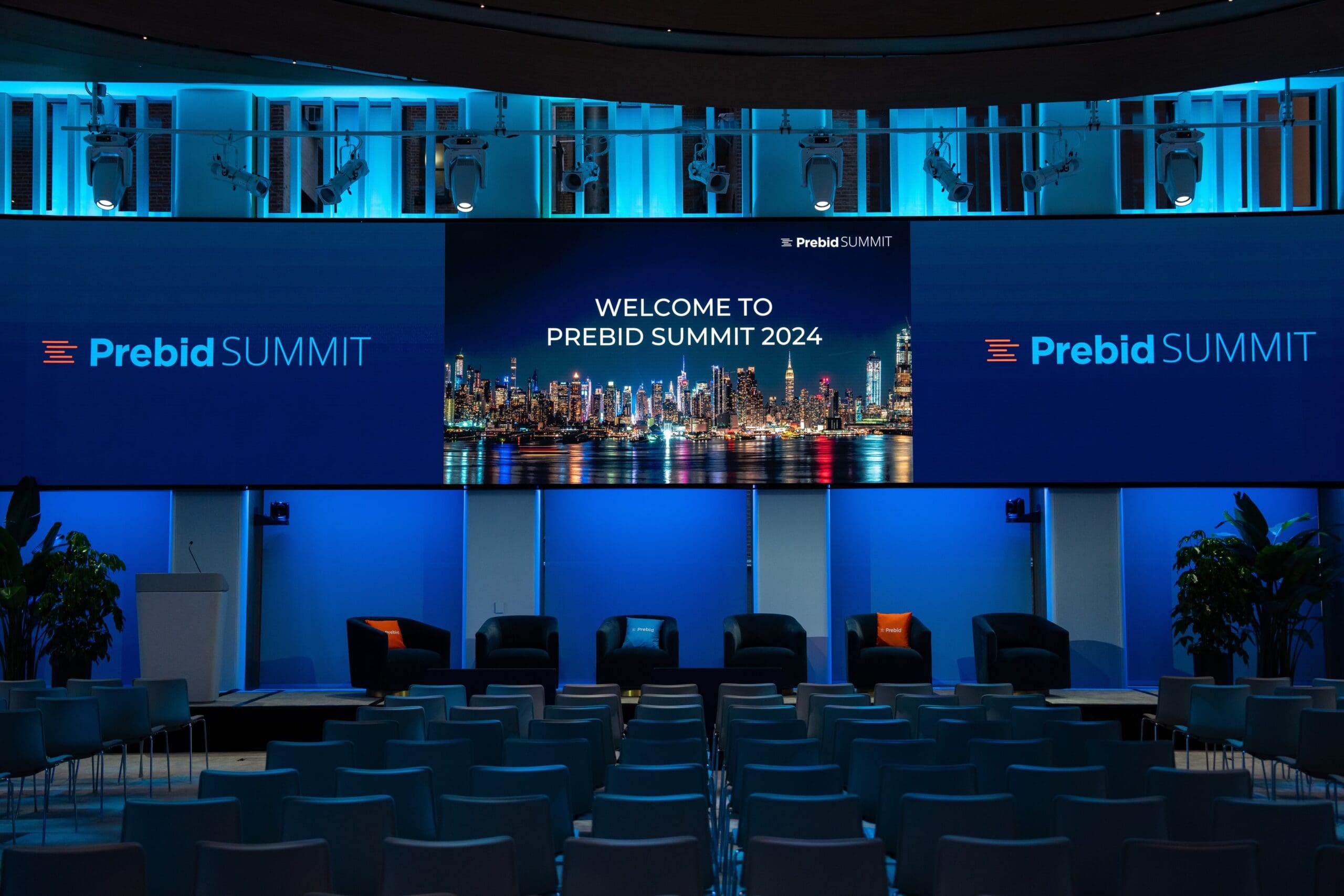Introduction
Understanding key metrics is crucial for optimizing monetization and maximizing revenue. While great content is the foundation, diving into metrics like CPM, RPM, and RPS provides valuable insights into how your inventory is performing. In this blog, we’ll delve into these metrics, their interrelation, and effective strategies to enhance your overall revenue.
Understanding CPM (Cost Per Mille)
CPM is a focal point for publishers and advertisers, alike. CPM, cost per 1000 impressions, is useful for comparing advertising costs across different networks and formats. Understanding CPM rates empowers publishers to set optimal pricing, maximizing revenue for their ad space. By tracking CPM, publishers can identify high-value advertisers, optimize successful ad formats, and make data-driven decisions for their overall ad strategy and revenue maximization.
However, it solely measures costs and is not indicative of impression quality or effectiveness. To fully maximize revenue, use CPM with other metrics as this approach provides a clearer understanding of overall monetization.
Tips to improve CPM:
- Optimize header bidding with a hybrid setup.
- Incorporate premium ad units, such as video ads or interactive formats, which tend to command higher CPMs.
- Implement advanced audience targeting to deliver more personalized ads based on user behavior and demographics.
- Integrate alternative identifiers and first-party data
- Advertisers value targeted audiences, leading to higher CPMs
- Leverage data analytics to understand user behavior and identify high-performing segments.
Examining RPM (Revenue Per Mille):
RPM gauges the value of your pages by dividing total revenue by pageviews and multiplying by 1000. This shifts the value focus to the publisher’s perspective. RPM is a comprehensive metric including earnings from all ad units on a page, helping publishers assess the full revenue-generating potential.
Tips to improve RPM:
- Experiment with different ad layouts and placements to find the most effective combination that doesn’t compromise user experience.
- Consider strategic placements such as above-the-fold or within content, ensuring ads are visible without being intrusive.
- Incorporate high-performing formats, such as native ads or video ads, to potentially increase engagement and revenue.
- Implement targeted advertising based on user behavior, preferences, and demographics.
- Utilize data-driven insights to segment your audience and deliver more relevant ads, potentially improving click-through rates and RPM.
- Ensure your website is mobile-friendly, as a significant portion of internet traffic comes from mobile devices.
Exploring RPS (Revenue Per 1000 Sessions):
RPS provides a holistic view of user engagement. By dividing total revenues by the number of sessions and multiplying by 1000, RPS goes beyond individual ad units and pageviews. It considers the overall session revenues, making it a critical metric to evaluate user experience and engagement.
Tips to Improve RPS:
- Ensure quick page loading times to reduce bounce rates and encourage users to explore more pages during their sessions.
- Invest in a superior user experience, including responsive customer service, prompt responses, and an intuitive website, to enhance engagement.
- Monitor and optimize your Core Web Vitals to improve user experience
- Create high-quality, relevant, engaging content that resonates with your target audience.
- Tailor content to meet user expectations, keeping them on the site for longer durations and increasing pageviews per session.
- Conduct A/B testing on different ad formats, placements, and creatives to identify what resonates best with your audience.
- Optimize based on the results to improve both user experience and ad revenue.
Balancing CPM, RPM, and RPS:
While all three metrics are crucial, taking a holistic approach by starting with RPS analysis is recommended. CPM and RPM then serve as tools to delve deeper into ways to increase earnings. Finding a balance is essential, as solely maximizing CPM or RPM can have trade-offs, affecting fill rates, page views, and overall revenue.
- Starting with RPS Analysis:
- RPS offers a broader view by taking into account overall session revenues. It gauges how much revenue is generated for every 1000 user sessions, providing insights into user engagement and the overall effectiveness of the website in converting visitors into revenue.
- CPM and RPM as Analytical Tools:
- CPM and RPM are valuable tools for publishers to delve deeper into specific aspects of their monetization strategy. CPM focuses on the cost of advertising per 1000 impressions, helping publishers understand the financial implications of individual ad units. RPM, on the other hand, assesses the revenue generated per 1000 pageviews, offering insights into the overall value of different ad pages.
- Balancing Act for Maximum Earnings:
- While CPM and RPM provide detailed insights, it’s crucial to strike a balance. Solely maximizing CPM may involve setting higher floor prices, potentially increasing revenue per impression but risking lower fill rates. On the other hand, maximizing RPM by adding more ad units to a page can lead to decreased overall revenue due to crowded pages, slower load times, and potential user dissatisfaction.
- Trade-Offs and Considerations:
- Increasing CPMs might seem like a straightforward path to higher revenue, but publishers must consider the trade-offs. It could impact the overall user experience and potentially decrease fill rates, affecting the total number of impressions and overall revenue. Similarly, boosting RPM by saturating a page with numerous ad units may hinder user engagement and lead to decreased session durations.
- Finding the Right Balance:
- The key lies in finding the optimal balance that maximizes RPS. RPS considers not only the value of individual ad units or pageviews but also the overall revenue generated from user sessions. This holistic perspective ensures that the monetization strategy aligns with user experience, engagement, and revenue goals.
- Continuous Optimization:
- Publishers should continuously optimize their strategy based on performance data. Regularly assessing the impact of changes in CPMs or RPMs on overall revenue, page views, and user satisfaction allows for informed decision-making and ongoing improvements.
Conclusion:
Successful monetization involves continuous optimization, considering the interplay of these metrics, and ensuring that the pursuit of higher CPMs or RPMs aligns with the ultimate goal of maximizing both revenue and user satisfaction. By embracing this approach, publishers can navigate the complexities of the digital advertising landscape and achieve sustained success in their monetization strategies. By incorporating these insights and continuously refining the approach, publishers can ensure they’re getting the most value from every user visit, ultimately driving increased revenue.













